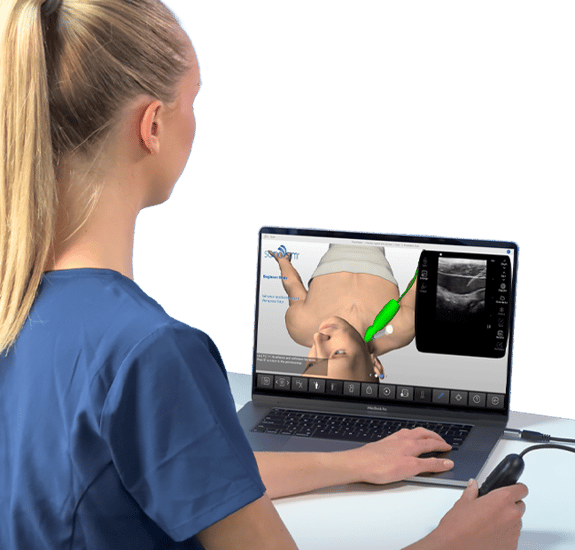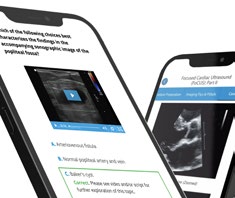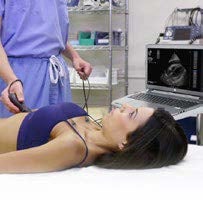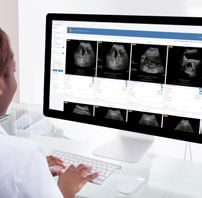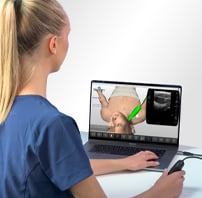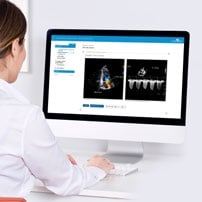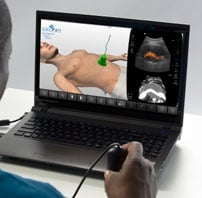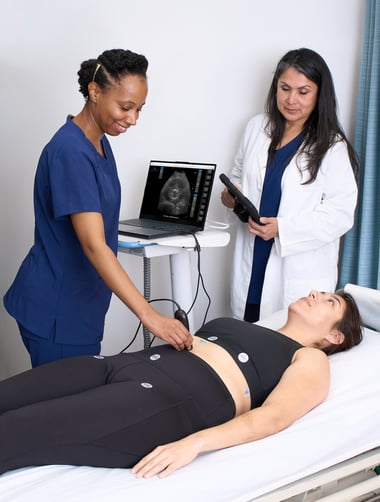
Unlock the Power of Ultrasound in Simulation
Integrate Ultrasound into Simulation Scenarios Seamlessly with SonoSim LiveScan®
SonoSim LiveScan is designed to blend seamlessly into your simulation scenarios, helping ultrasound educators teach and assess how learners use ultrasound findings in medical decision-making. If you are an educator or simulation center leader, you will be thrilled with how quickly, easily, and cost-effectively you can add real ultrasound cases to your simulations.
Empowering Simulation Centers with Ultrasound
Medical simulation has become a critical part of educating healthcare professionals. Giving learners true-to-life experiences as part of their education prepares them for patient care. However, far too often these simulations leave ultrasound medical decision-making out. With SonoSim LiveScan, dynamic ultrasound simulations become more immersive and realistic. Ultrasound simulation with the patented SonoSim LiveScan, brings "patients" to life by using real patient cases. Control heart rate, breathing, and pathologic states "on-the-fly" in response to learner decision-making. SonoSim LiveScan is ideally suited for adding ultrasound to standardized patients, OSCEs, and high-fidelity medical scenarios.
SonoSim LiveScan
Bring Ultrasound Simulation to Life
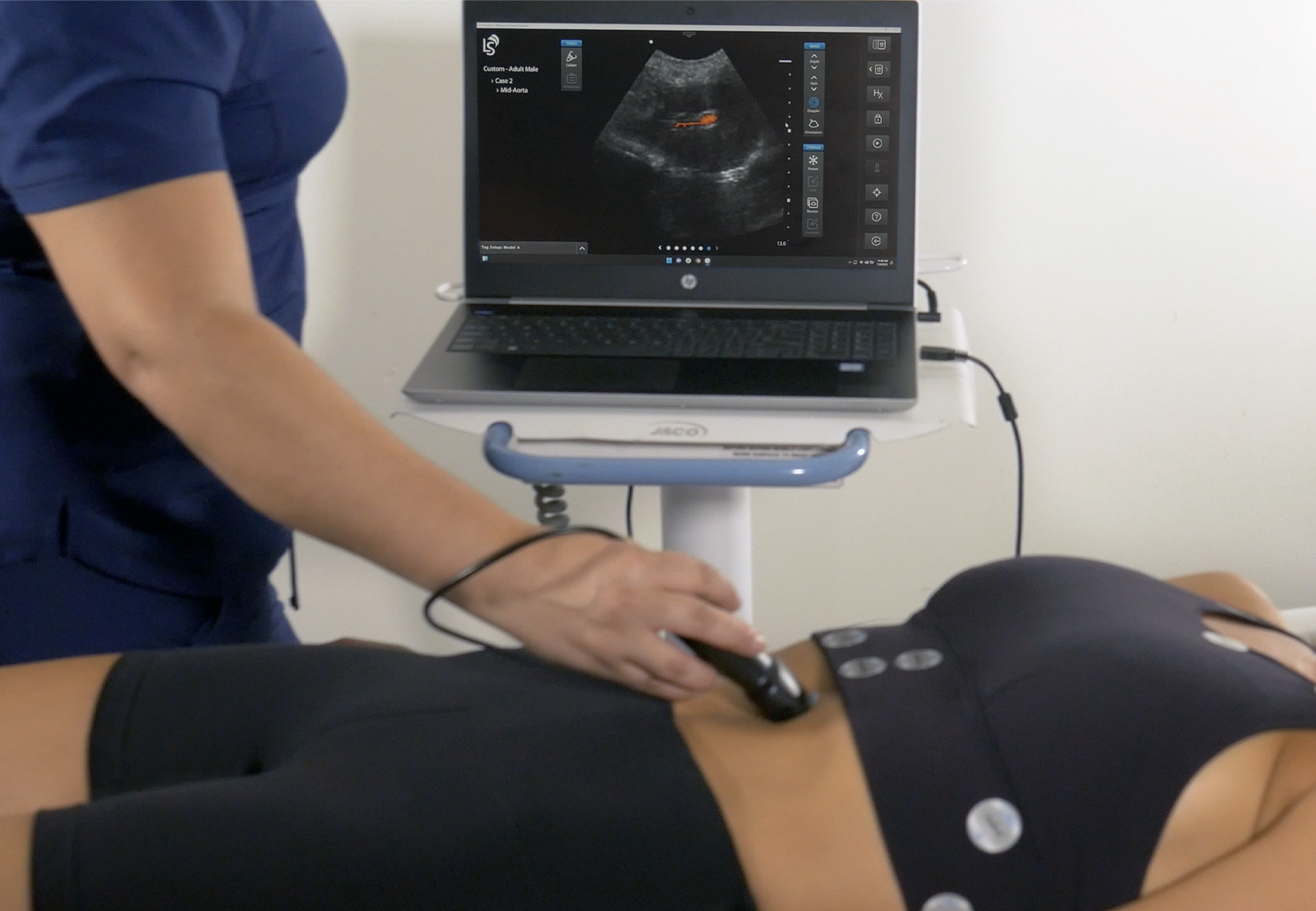
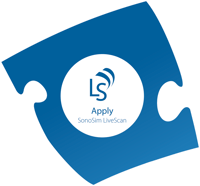
- Conduct realistic, live scenarios that enhance the application of ultrasound in medical decision-making and assess its effective application.
- Instantly transform any manikin or live volunteer into a “patient” with real pathology.
- Add another layer of realism by changing vital signs on-the-fly in response to learner decision-making.
Dynamic Ultrasound Simulation: Immersive Learning Experiences
Experience Real Patient Cases Using the SonoSim Ultrasound Simulator
The SonoSim LiveScan® CaseController feature delivers immersive, highly engaging, and dynamic simulation scenarios. Control key vitals like heart rate and respiratory rate, creating real-world variations in real-time, from anywhere, via any connected device. Vary pathophysiologic states in response to learner medical decision-making, thereby promoting an adaptive learning environment.
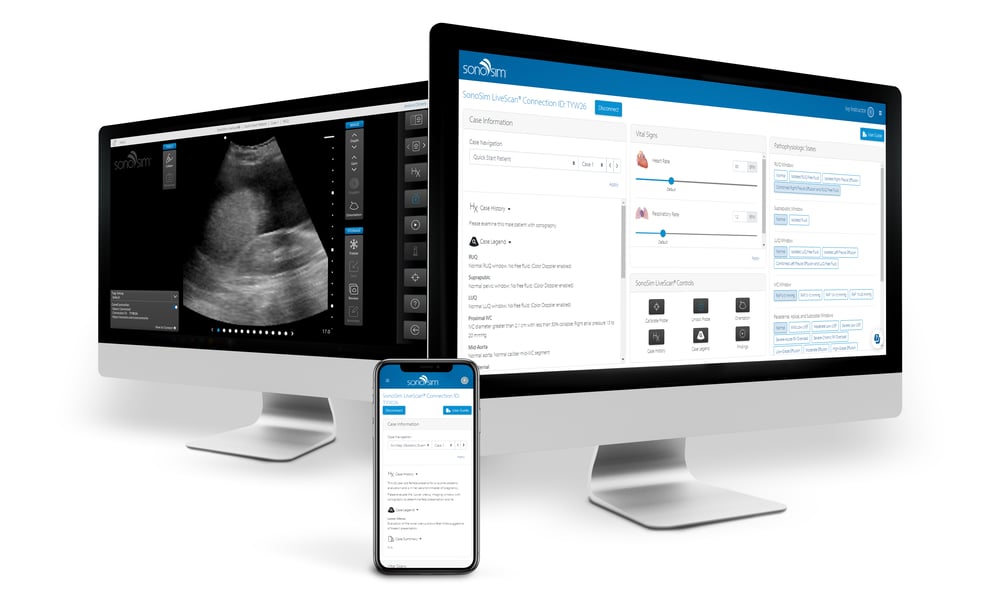
With CaseController, vary your subject's pathophysiologic states, heart rate, and respiratory rates in response to learner decision-making.
Use Pre-Built Scenarios or Design Your Own Ultrasound Simulation Cases
Personalize Your Ultrasound Simulation Training Experience with CaseController

Meet Diverse Training Needs Across Specialties
Experience Unlimited Access to Ultrasound, Anytime, Anywhere.
Leaders in Simulation Centers have to accommodate the diverse ultrasound training needs of many different types of learners. Our broad array of content empowers ultrasound educators to address these needs, increasing ultrasound knowledge and skills more rapidly, and assessing medical decision-making among learners.
SonoSim Courses help the diverse learners using your Sim Center acquire ultrasound knowledge, while SonoSimulator training develops image acquisition and interpretation skills. SonoSim Procedure Training provides remote learners the cognitive task training required to excel during ultrasound-guided needle-based procedure training sessions in the Sim Center.
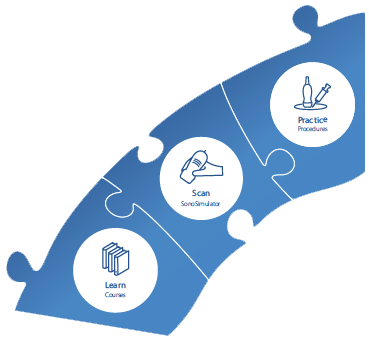
SonoSim Ultrasound Training content is well-mapped and matched to requirements for the wide array of specialties you serve.
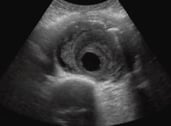
Emergency Medicine
Mapped to Recommended ACEP Ultrasound Curricular Guidance
Relevant SonoSim Content Categories
|
|
|
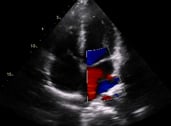
Internal Medicine
Mapped to Recommended Internal Medicine POCUS Curriculum Consensus Recommendations
Relevant SonoSim Content Categories
|
|
|
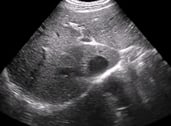
Family Medicine
Mapped to AAFP Recommended Curriculum Guidelines
Relevant SonoSim Content Categories
|
|
|
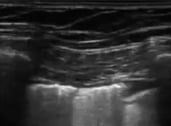
Anesthesiology & Critical Care
Mapped to SCCM Ultrasound Competency Guidance
Relevant SonoSim Content Categories
|
|
|
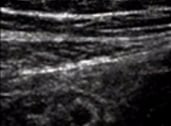
General Surgery
Mapped to Recommended AIUM Ultrasound Curricular Guidance
Relevant SonoSim Content Categories
|
|
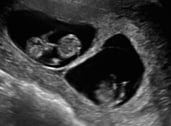
OB/GYN
Mapped to Recommended AIUM OB/GYN Ultrasound Guidance
Relevant SonoSim Content
|
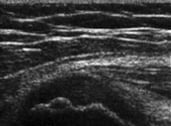
Orthopedics & Sports Medicine
Mapped to Recommended AIUM Ultrasound-Guided Procedures Curricular Guidance
Relevant SonoSim Content
|
|
|
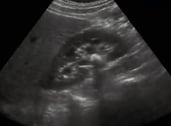
Urology & Nephrology
Mapped to Recommended AIUM POCUS Exam Performance
Relevant SonoSim Content
|
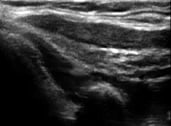
PAs & Advanced Nursing
Mapped to AIUM Practice Parameters
Relevant SonoSim Content
|
|
|
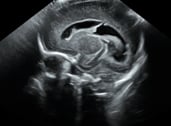
Pediatrics
60+ Pathologic Pediatric Cases Across Multiple U/S Applications
Relevant Content
|
|
|
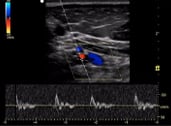
Medical Schools
Matches Recommended SRU & AMSER Medical School U/S Curriculum
Matches Canadian U/S Consensus for UME Group's Medical Student U/S Curriculum
Relevant Content
|
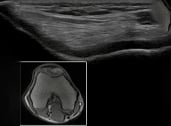
Radiology
Image Acquisition & Interpretation of Hundreds of Pathologies
Co-registered with Cross-Sectional Imagery (X-ray, CT) on Select Cases
Relevant Content
|
Virtual Ultrasound Courses for Sim Center Learners
All Levels & Specialties • Created by Ultrasound Educators • CME* Credit Available
Ideally suited to prepare your diverse Sim Center learners, SonoSim's 80+ ultrasound courses cover a wide array of POCUS topics for all learner levels.
-
Anatomy & Physiology
-
Core Clinical
-
Advanced Clinical
-
U/S-Guided Procedures
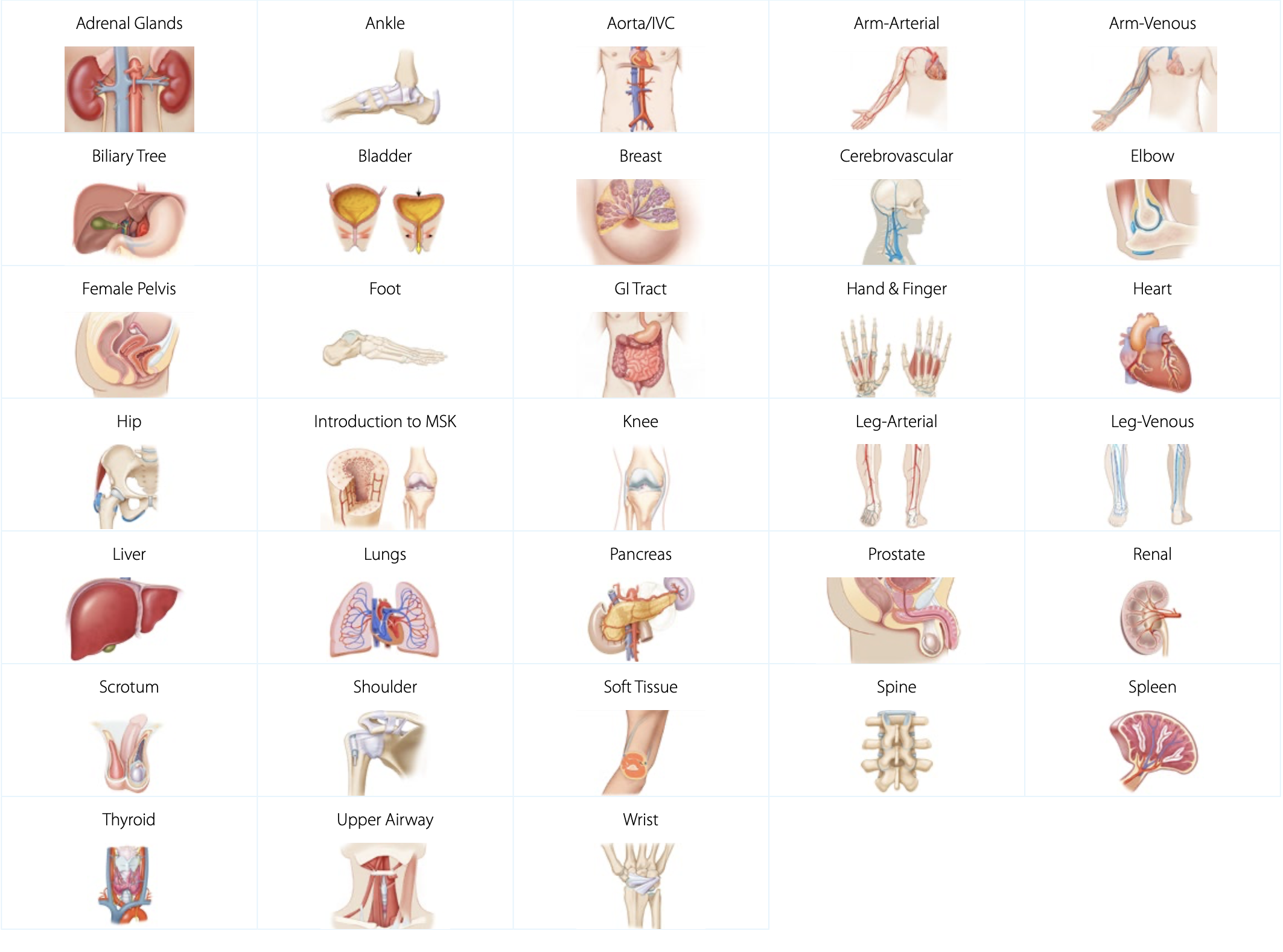
Anatomy & Physiology Ultrasound Courses
SonoSim Anatomy & Physiology Courses provide a strong foundation of ultrasound knowledge, specific to anatomical regions, organs, and structures. Developed by ultrasound experts, these courses cover regional anatomy & physiology, sonographic anatomy, scanning techniques, and imaging tips & pitfalls. Prepare your learners for events at the Sim Center.
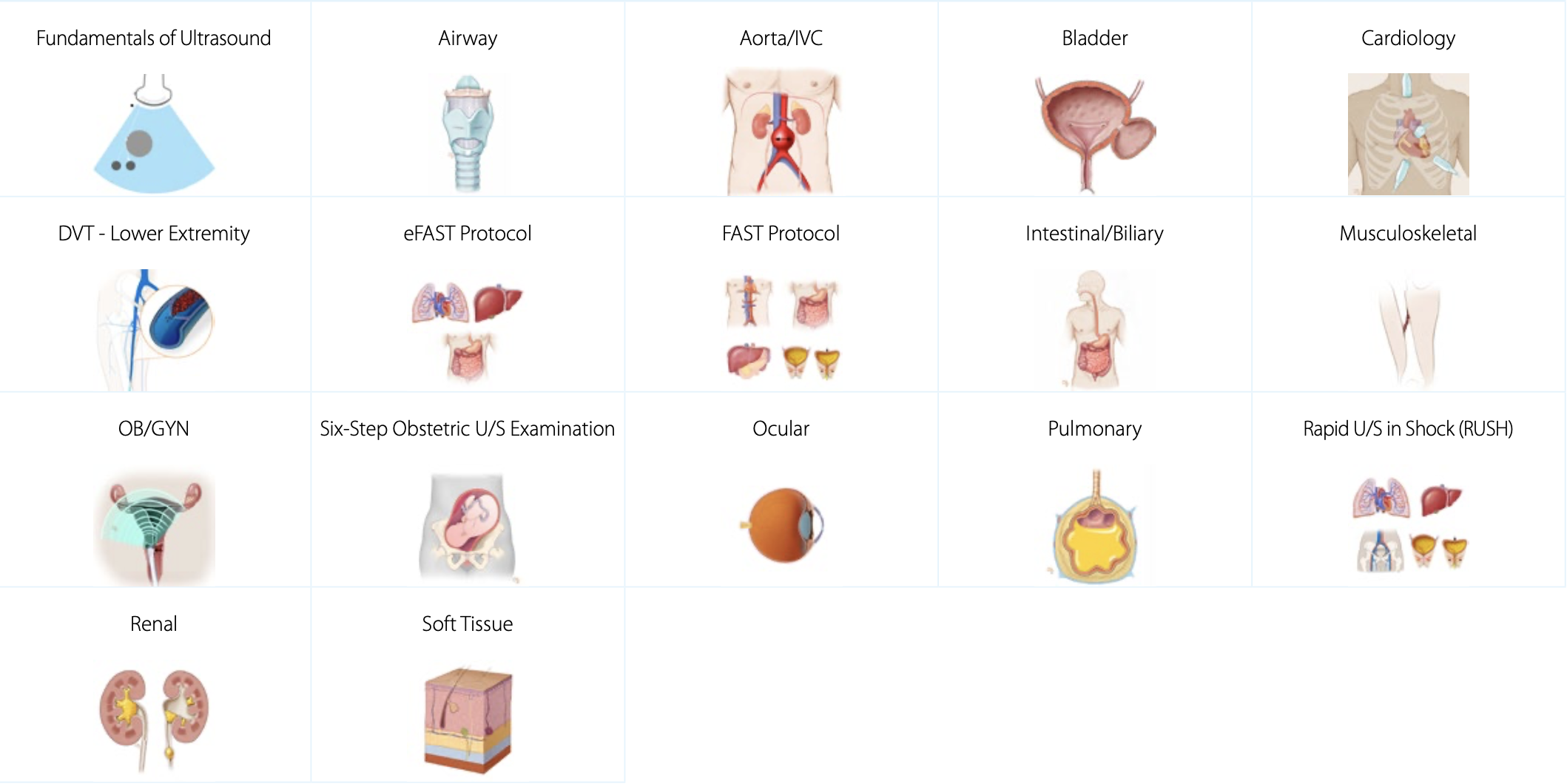
Core Clinical Ultrasound Courses
Our Core Clinical Ultrasound Courses provide an in-depth understanding of the components required to accurately assess and diagnose using ultrasound. Exam indications, regional anatomy, sonographic anatomy, and sonographic technique are covered. There is a focus on pathologic case studies and imaging tips & pitfalls. These courses are ideally suited to prepare your point-of-care ultrasound (POCUS) learners for simulation scenarios.
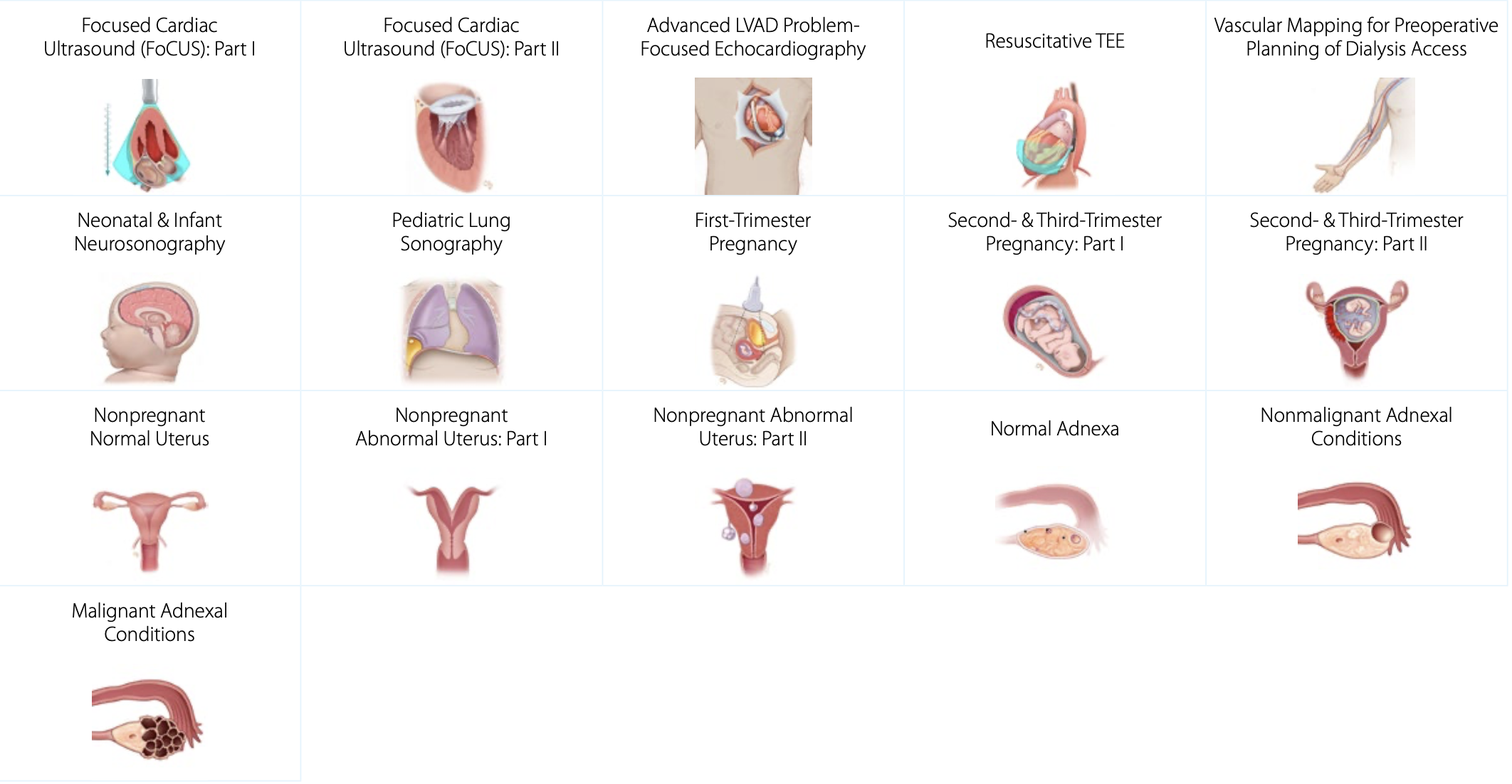
Advanced Clinical Ultrasound Courses
SonoSim Advanced Clinical Ultrasound Courses cover complex diagnoses and sonographic applications. With a focus on specific pathologic conditions, these advanced clinical and diagnostic ultrasound topics provide learners with a deep understanding of ultrasound techniques for evaluating various complex medical conditions.
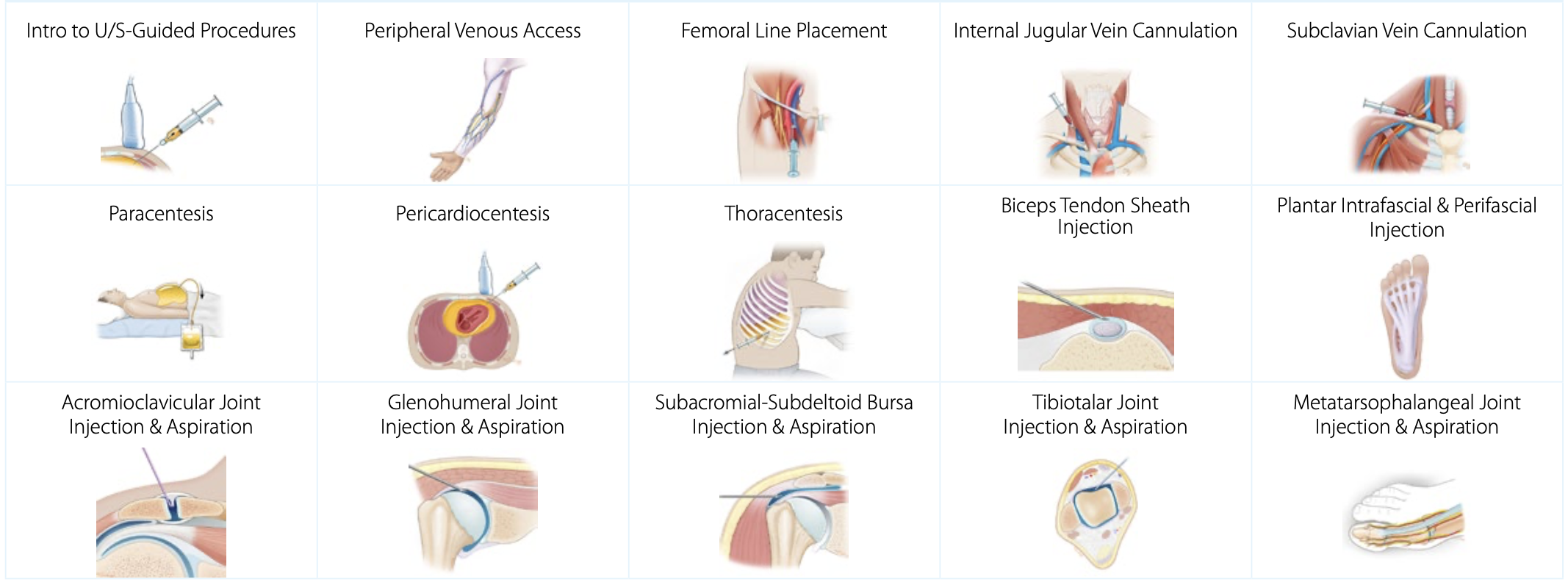
Ultrasound-Guided Procedure Courses
SonoSim ultrasound-guided procedure courses cover patient positioning, procedural steps, imaging adjuncts, potential complications, and more. Using real patient data sets that vary in body morphology, right versus left-sided approaches, and pathophysiologic states, SonoSim helps prepare learners for in-person Sim Center sessions using phantoms and ultrasound machines.
Laptop-Based Ultrasound-Guided Procedure Training
A Patented Approach to Ultrasound Procedure Skills Development
Ultrasound Procedure Training with Immediate, Real-Time Feedback
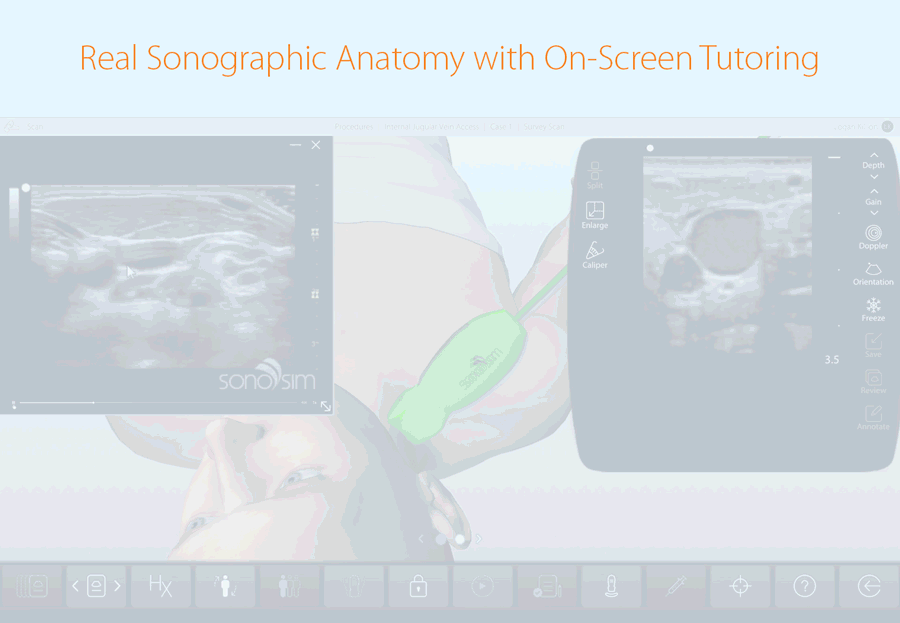
Enhance Learner Outcomes with Comprehensive Ultrasound Training
Discover How SonoSim Supports Ultrasound Education from Fundamentals to Mastery
Unlock the Power of Ultrasound in Simulation
Learn how the SonoSim Ecosystem can help.
Educating future medical professionals in ultrasound requires overcoming barriers you know so well - the scarcity of ultrasound expertise, access to pathologies, equipment, funding, and time. It can be puzzling to get learners to ultrasound competency. Sim Center leaders like you are tasked with solving this puzzle for a wide variety of learners.
SonoSim is helping Sim Centers successfully overcome these complexities with our ecosystem of ultrasound training solutions and services. SonoSim Courses help the diverse learners using your Sim Center acquire ultrasound knowledge and image acquisition and interpretation skills are developed using the SonoSimulator®. And, SonoSim Procedure Training provides remote learners the cognitive task training required to excel during ultrasound-guided needle-based procedure sessions at the Sim Center.

The SonoSim Wave
An Ultrasound Insights Newsletter
Get the latest trends in ultrasound training, education, & applications delivered to your inbox.



